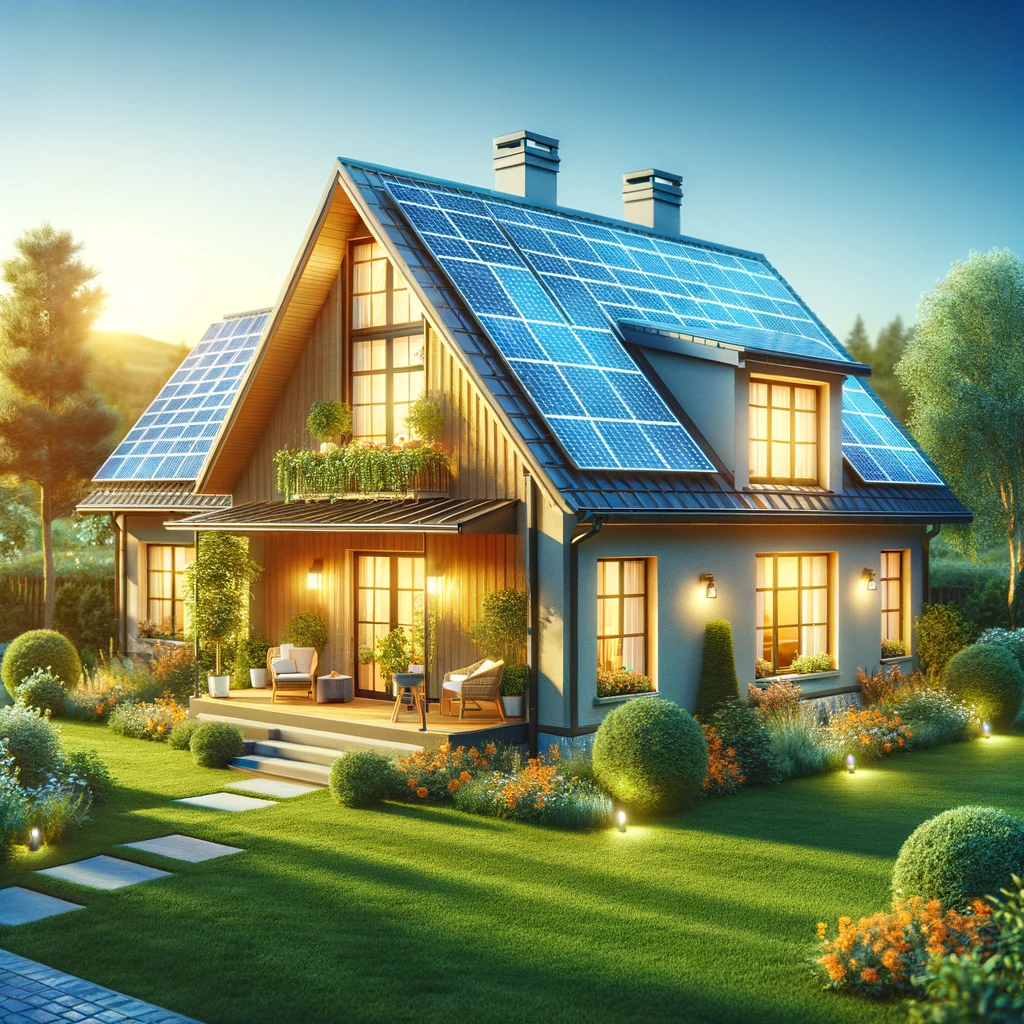Investing in Solar Panels for your home

#solar panels
Table Of Contents
- Understanding Solar Panels
- Benefits of Solar Power
- Environmental Impact
- Financial Savings
- Energy Independence
- Assessing Your Home's Suitability
- Roof Condition and Space
- Local Climate
- Regulations and Incentives
- Different types of Solar Panels
- Monocrystalline
- Polycrystalline
- Thin-Film
- Installation Process
- Maintenance and Longevity
- Financing and Costs
- Conclusion
The change towards renewable energy sources has never been more critical, and solar power stands at the forefront of this transition. Installing solar panels in your home not only contributes to a greener planet but also offers significant savings on electricity bills in the long run. This comprehensive guide will walk you through the essentials of solar panel installation, helping you make an informed decision for your home.
Understanding Solar Panels
Solar panels convert sunlight into electricity through photovoltaic (PV) cells. This process is entirely clean, producing no greenhouse gases. Moreover, advancements in technology have made solar panels more efficient and affordable than ever before.
Benefits of Solar Power
Environmental Impact
Solar energy is a sustainable alternative, reducing reliance on fossil fuels and lowering carbon footprint.
Financial Savings
After the initial cost, solar panels will reduce your electricity bills. Many regions also offer incentives, rebates, and tax credits for solar panel installations.
Energy Independence
Generating your own electricity means less dependence on utility companies and protection against rising energy prices.
Assessing Your Home's Suitability
Roof Condition and Space
Your roof should be in good condition and have enough space to accommodate the panels. South-facing roofs without shade are ideal for maximum sunlight exposure.
Local Climate
While solar panels are effective in most climates, locations with higher sunlight exposure will yield more electricity.
Regulations and Incentives
Check local regulations regarding solar panel installations and explore available government or utility company incentives.
Different types of Solar Panels
Monocrystalline
Made from a single crystal structure, these panels are efficient but typically more expensive.
Polycrystalline
Constructed from multiple crystal fragments, these panels are less efficient but more affordable.
Thin-Film
Flexible and lightweight, thin-film panels are less efficient but can be a good choice for certain roofs.
Installation Process
- Assessment: A professional installer will evaluate your home's suitability, including roof condition, angle, and energy needs.
- Design and Planning: Tailored to your home’s specifications and energy requirements.
- Permitting: Navigating through local building codes and permit applications.
- Installation: Professional installation of solar panels, inverters, and other necessary equipment.
- Inspection and Connection: Final inspection by local authorities and connection to the grid.
Maintenance and Longevity
Solar panels require minimal maintenance, primarily keeping them clean and clear of debris. Most systems come with a 20-25 year warranty, though they can last longer.
Financing and Costs
The cost of solar panel installation varies depending on size, type, and location. Financing options include loans, leases, and power purchase agreements (PPAs), allowing homeowners to choose the best fit for their financial situation.
Conclusion
Investing in solar panels is a good step towards a sustainable future and financial savings. By understanding the basics, checking your home's suitability, and exploring financing options, you can harness the power of the sun efficiently and effectively. Remember, every small step towards renewable energy counts in our collective journey towards a greener planet.